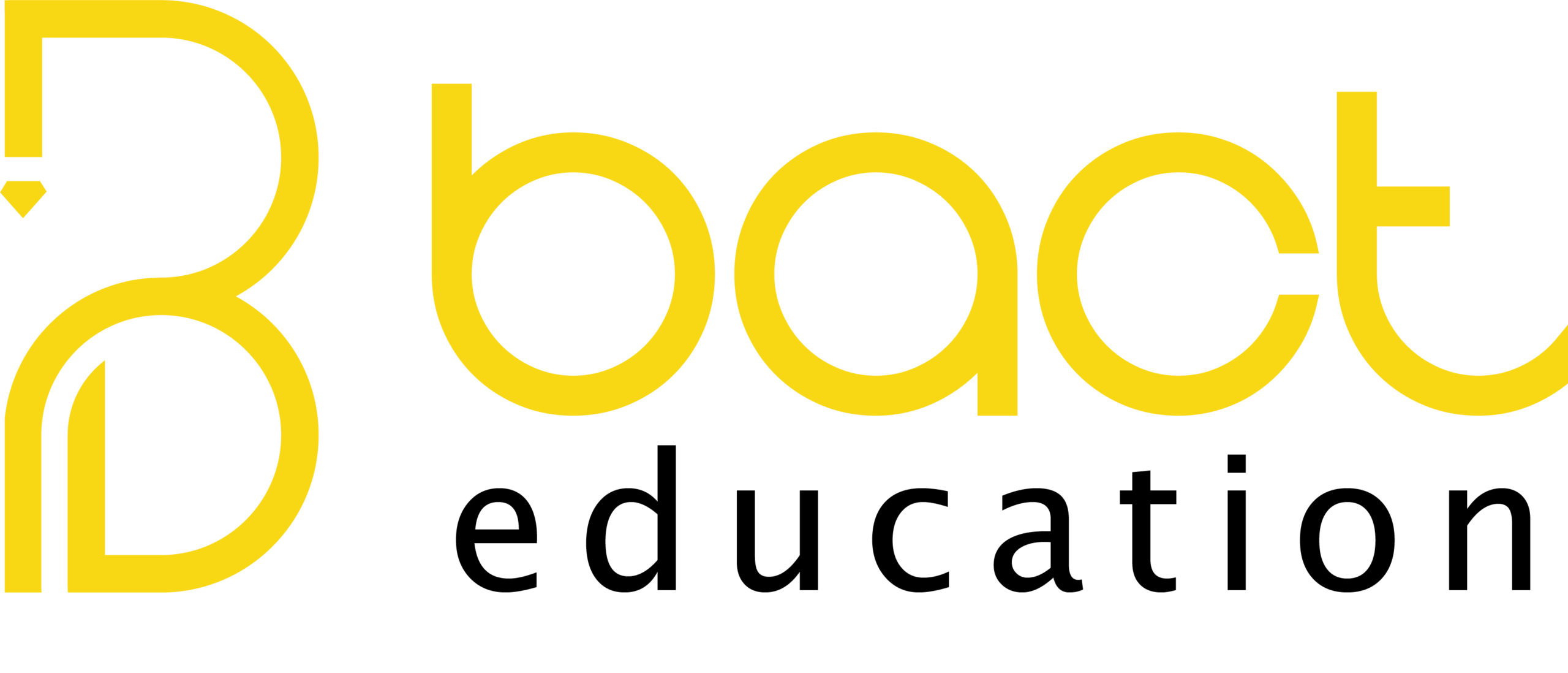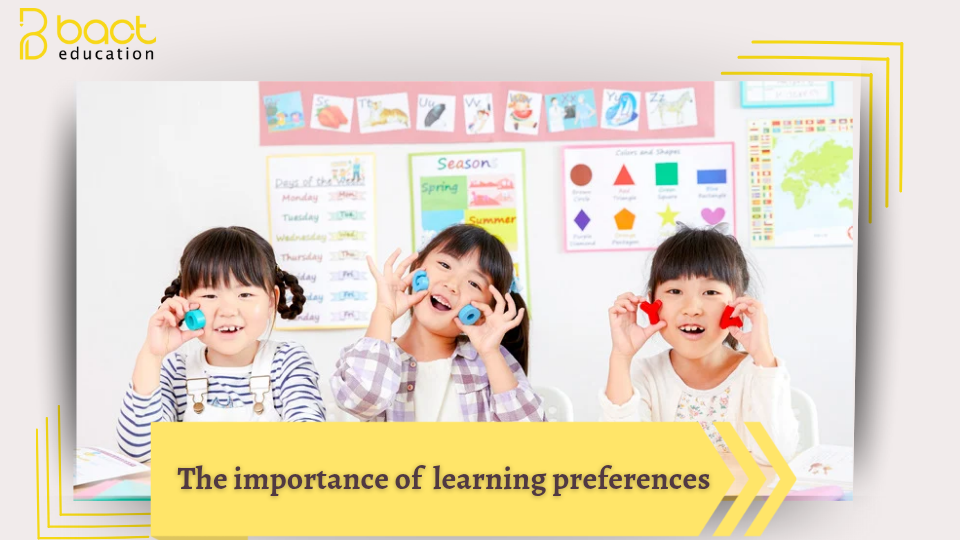The Importance of Learning Preferences
Learning preferences are different ways that people prefer to take in, process, and remember new information. Understanding how students prefer to learn can have a very positive impact on learning experiences in formal education situations (schools and universities), and more casual learning experiences (workshops, study, and even self-study).
Why Learning Preferences are Important
Learning preferences are important to both teachers and learners. Adjusting the learning experience to align with the different ways that students prefer to learn can result in three fairly significant outcomes:
-
Higher Engagement*: When learners engage with learning content that is taught in their preferred process, they not only engage in their learning experience, but they are also likely to be much more productive with their learning experience.
-
Higher Retention*: Information or facts that are presented in a learner’s preferred way are often much easier to remember. This is important, as it indicates a better use of the processes involved in memory storage and retrieval and will certainly benefit learners positively moving forward.
-
Higher Motivation*: Learners who know how they learn best, often develop more motivation and confidence. When learners understand their learning preferences it often leads to higher motivation levels and often higher productivity, which is important, but most importantly it often makes the learning experience a much more enjoyable experience in general.
Some of the Important Models of Learning Preferences
There are many different models demonstrating the different types of learning preferences. The following are a few examples of some of the important models:
-
VARK Model of Learning:

